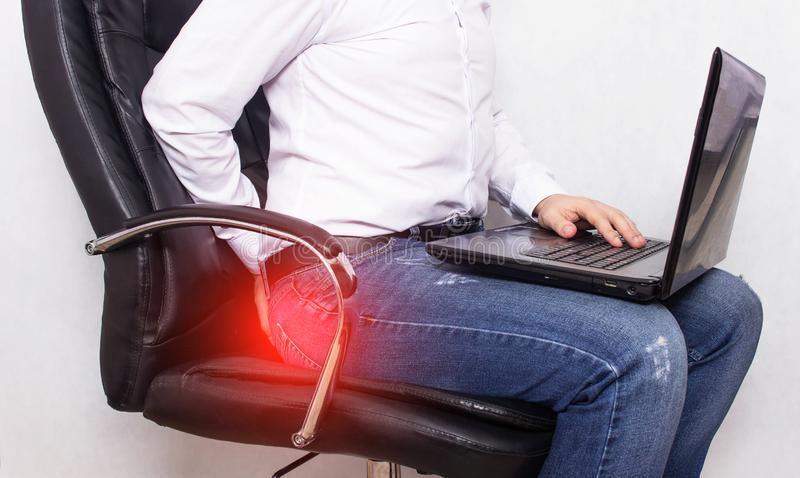It is a condition, where there is a decent of the rectal Mucosa, As a whole through the Anal Canal. Such patients present with a mass coming out. Whenever he passes motion, He pushes the mass into the Rectum.
- Genetic- occurs from childhood
- In Adolescence, it occurs due to Chronic Cough, Choronic Straining, Lifting heavy objects
Treatment :
In case of mild Prolapses, there is a procedure called, Thiersch Stitch. In this procedure, We Encircle the Anal Canal externally with a Non Absorbable suture material which is left upto 2-3 years, depending on the patient and removed once the symptom is resolved completely. In case of severe prolapse, there are 2 types of surgery.
- Open Abdominal Rectopexy
- Laparoscopic Rectopexy
Open Abdominal Rectopexy :
We open the Abdomen and the Sigmoid Colon is fixed to the Sacrum, whereas in Laparoscopic it is a key hole surgery through which the mesh is placed over the Sigmoid Colon and fixed to avoid Descent.


